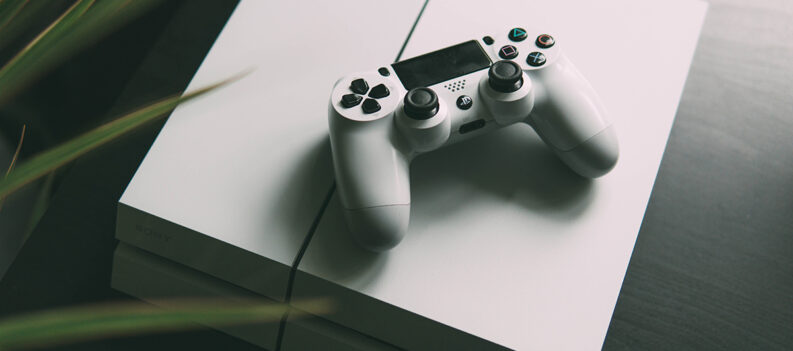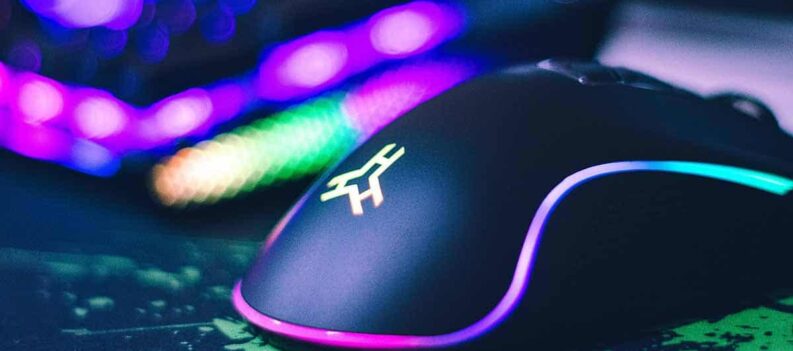This article will explain you how to reset your computer’s BIOS (Basic Input/Output Settings) to default settings. This option is available on most computers from the BIOS menu, but if you’re locked out of your computer’s BIOS page, you’ll have to reset the BIOS by unscrewing your computer’s box and removing the CMOS battery from the motherboard. In the case of desktops, you will be resetting the jumper switch on the motherboard.
Sometimes, opening your computer’s housing will void your warranty, and you make a risk of permanently harming your computer while doing so. If you are not able to access your BIOS, your best action is to take the computer into a tech department instead of doing it by yourself.
Check the three different solutions paths bellow in order to clear your BIOS settings.
Solution 1: Reset from BIOS menu
- Restart your computer. Open Start, click the power icon and click Restart.
- In case your computer is locked, click the lock screen, then click the power icon in the bottom-right corner of the screen and click Restart.
- In case your PC is already off, press your computer’s “ON” button.
- Wait for the computer’s first startup screen to show. When the startup screen shows up, you’ll have a very limited window in which you can press the setup key.
- The best way is to start pressing the setup key as soon as the computer begins to restart.
- If you see the message “Press [key] to enter setup” or something similar flash across the bottom of the screen and then disappear, you’ll have to restart and try again.
- Repeatedly tap “Del” or “F2” to enter setup. The key you’re prompted to press might also be different; if so, use that key instead.
- If “Del” or “F2” don’t work, try “F8”, “F10”, “Esc” or “Tab ↹”.
- You’ll typically use the “F” keys to access the BIOS. These are at the top of your keyboard, though you may have to locate and hold the “Fn” key while pressing the proper “F” key.
- You can look at your computer model’s instructions or online help page to confirm your computer’s BIOS key.
- Wait for your BIOS to load. Upon successfully hitting the setup button, the BIOS will start loading. This should only take couple moments. Once the loading is complete, you will be taken to the BIOS settings page.
- If you cannot enter your BIOS because you are locked out with a password or it has been corrupted, use one of the other solutions in this article.
- Find the “Setup Defaults” option. The location of this option is different for every different BIOS, but in most cases it will be called “Reset to Default”, “Factory Default”, “Setup Defaults”, or something like that. It may be located in one of the tabs or it may be an option listed near the navigation buttons.
- If your BIOS does not have this option, use one of the following methods following this section.
- Select the “Load Setup Defaults” option and press ↵ Enter. Use the arrow keys to select it. Pressing ↵ Enter will usually begin resetting your BIOS immediately.
- Save your modifications and confirm your selection. This will often be combined with the process of exiting a BIOS menu. Your computer will automatically restart. If you need to modify your BIOS settings once your BIOS resets, you may need to reboot your computer again and enter the BIOS to change them.
Solution 2: Removing the CMOS Battery
- Turn off your computer. You can use the Start menu to shut down, or press and hold your computer’s power button until the computer turns off.
- In case you’re using a desktop computer, you can usually turn the CPU entirely off by pressing a switch on the back of the CPU box.
- Unplug your computer from any power sources. This includes power cables for desktop computers and charging cables for laptops.
- Remove your computer’s battery if necessary. If you’re using a laptop (or a desktop with a backup battery), remove the battery before proceeding..
- Discharge any static electricity before continuing. Touch a non-painted metal surface to get rid of any static electricity before you start unscrewing your computer. Touching the motherboard or other internal computer components while not properly grounded can permanently harm your computer.
- Open your case. You will need to be able to access the motherboard of your computer. Be very careful when working on the inside of your computer, as electrostatic discharge can easily destroy sensitive components.
- For many laptops, you can access the CMOS battery from a removable panel on the bottom of the laptop. If there is no panel available, you will most likely need to disassemble the laptop to access it.
- Remove the CMOS battery. The battery is typically located near your PCI slots, but may be in different locations depending on the manufacturer of your motherboard. It may be hidden by expansion cards and cables. The battery is usually a standard 3V, round, flat watch battery (CR2032).
- The CMOS battery can’t always be removed. In case the battery won’t remove, don’t force it! Instead, try resetting your motherboard’s jumper.
- Press your power button. Press and hold the power button on your computer for about 10-15 seconds to discharge any remaining power stored in the capacitors. By discharging the power, the CMOS memory will reset, thereby resetting your BIOS.
- Reinsert the CMOS battery. Carefully reinsert the CMOS battery back into its housing. Make sure that you have put the battery in the right direction. The slightly smaller side should be facing down.
- Reassemble your computer. Do this part carefully, and remember to ground yourself from time to time.
- Reconnect your computer’s power source(s). If you unplugged the computer from the wall and removed the battery, plug it back in and replace the battery.
- Turn back on your computer. Depending on your computer, you may have to access the BIOS and reconfigure some of the options, including the default boot option or the date and time.
Solution 3: Resetting the motherboard’s Jumper
- Turn off your computer. You can use the Start menu to shut down, or press and hold your computer’s power button until the computer shuts down.
- If you’re using a desktop computer, you can usually turn the CPU entirely off by pressing a switch on the back of the CPU box.
- Unplug your computer from any power sources. This includes power cables for desktop computers and charging cables for laptops.
- Remove your computer’s battery if necessary. If you’re using a laptop (or a desktop with a backup battery), remove the battery before continuing.
- Discharge any static electricity before continuing. Touch a non-painted metal surface to get rid of any static electricity before you start taking apart your computer. Touching the motherboard or other internal computer components while not properly grounded can permanently damage your computer.
- Open your case. You will need to be able to access the motherboard of your computer. Be very careful when working on the inside of your computer, as electrostatic discharge can easily destroy sensitive components.
- Find the CMOS jumper. Locate the three-pin jumper on your motherboard that controls the BIOS. It will usually found near the CMOS battery. The jumper will be covering two of the three pins.
- The jumper may be labeled CLEAR, CLR, CLEAR CMOS, PSSWRD, or a variety of other labels. Refer to your motherboard’s documentation to find the correct jumper.
- Move the jumper to the other two pins. For example, if the jumper is covering the first and second pins, move it so that it is covering the second and third pins. Be sure to pull the jumper straight up to remove it so that you don’t bend the pins.
- Press your power button. Press and hold the power button on your computer for about 10-15 seconds to discharge any remaining power stored in the capacitors. This will make the BIOS reset.
- Return the jumper to its default position. Put the jumper back on the pins that it was originally on. This will allow you to access your BIOS when you start your computer up
- Reassemble your computer. Do so carefully, and remember to ground yourself periodically.
- Reconnect your computer’s power source(s). If you unplugged the computer from the wall and/or removed the battery, plug it back in and/or replace the battery.
- Turn back on your computer. Depending on your computer, you may have to access the BIOS and reconfigure some of the options, including the default boot option or the date and time.


 More Guides & Troubleshooting
More Guides & Troubleshooting











